Lyle McDonald & Eric Helms – The Women’s Book Vol 1
McDONALD, Lyle_2018_The Womens Book – Vol 1.pdf
[ 1 eBook – PDF ]
Description
If you like this upload and interested in fitness/performance related products check this GB and consider joining us it’s top notch material is OPENFor more info: http://store.bodyrecomposition.com/product/the-womens-book-v…Since the beginning of medical history, women’s unique physiology and needs have gone almost ignored as women were treated as “little men”. It’s only recently that research has begun to examine the differences. The first in the realm of sports nutrition wasn’t done until the 1970’s and even today women are studied perhaps 20% as frequently as men. Even under these circumstances, in almost any physiological system that has been examined, a difference is usually found.A woman’s nutritional requirements, how her body utilizes nutrients after a meal or during exercise, how and where she stores fat, her response to stress, how her body adapts to dieting and weight loss and even how she metabolizes caffeine all differ from a man’s. Sometimes it is a subtle differences but, in many cases, the difference can be extreme. So why are they still so often ignored?In the realm of dieting, fat loss and muscle gain, approaches developed by male coaches for male athletes are often either ineffective or, in some cases, outright damaging. Certainly there are commonalities that always apply but a woman’s unique physiology must be taken into account for optimal results. Women also face issues such as menstrual cycle and hormonal dysfunction or bone loss that men simply never face. There is also the vast amount of misinformation about how women should eat or exercise. Nutritionally deficient diets are often coupled with ineffective exercise programs and endless numbers of women don’t get the results that they should or could with a better approach.Arguably the primary consideration for women is the menstrual cycle, the roughly 28 day cycle where her hormones vary drastically from week to week, altering her physiology along with it. To that there is the frequent presence of what I call hormonal modifiers, situations that alter a woman’s physiology in some way. Examples include hormonal birth control, Poly-Cystic Ovary Syndrome, sub-clinical hyperandrogenism (elevated testosterone levels) and menstrual cycle dysfunction including amenorrhea. The age-related hormonal changes that occur during peri-menopause and menopause add a further layer of complexity.The Women’s Book Vol 1: A Guide to Nutrition, Fat Loss and Muscle Gain sets out to address the above issues and more. In it, I look at the specifics of a woman’s physiology, not only how it differs significantly from a man’s, but how it’s unique characteristics affect how an optimal nutrition, fat loss diet or muscle gain approach should be set up. At over 400 pages virtually no topic goes undiscussed and the book represents a complete resource for women’s unique needs.While much of the information is related to exercise or training, this is not just a book for the lean female athlete or dieter. I have striven to make it not only as comprehensive as possible discussing the different hormonal situations or goals a woman might have. The information will benefit all women regardless of their current weight, body fat percentage or fitness level and I have attempted to make it relevant to as many woman as possible.Table of ContentsForewordChapter 1: Introduction to Women’s PhysiologyChapter 2: The Normal Menstrual CycleChapter 3: Hormonal ModifiersChapter 4: Types of Exercise and GoalsChapter 5: What is Body Composition?Chapter 6: Measuring and Tracking Body CompositionChapter 7: Altering Body CompositionChapter 8: Energy BalanceChapter 9: metabolic AdaptationChapter 10: Women, Fat Gain and Fat Loss: Part 1Chapter 11: Women, Fat Gain and Fat Loss: Part 2Chapter 12: Menstrual Cycle DysfunctionChapter 13: StressChapter 14: Fixing the ProblemsChapter 15: Introduction to DietingChapter 16: Determining Maintenance CaloriesChapter 17: Adjusting Daily CaloriesChapter 18: Goal SettingChapter 19: Calculating Nutrient RequirementsChapter 20: Nutrient Sources, Electrolytes, Fluids and Diet ProductsChapter 21: Flexible Eating StrategiesChapter 22: Around Workout NutritionChapter 23: Meal Frequency and PatterningChapter 24: SupplementsChapter 25: Estimating Dieting TimesChapter 26: Identifying and Breaking PlateausChapter 27: Adjusting for metabolic AdaptationChapter 28: Training GuidelinesChapter 29: Sample Training ProgramsChapter 30: Hormonal Category TemplatesChapter 31: The Category 2/3 DieterChapter 32: The Category 1 Dieter and AmenorrheaChapter 33: Ending the Category 1 DietChapter 34: Studies of Dieting in Elite AthletesAppendix 1: Physique Peak Week and Making WeightAppendix 2: The Stubborn Fat ProtocolsReferencesupped by sheefo
You must be logged in to post a review.

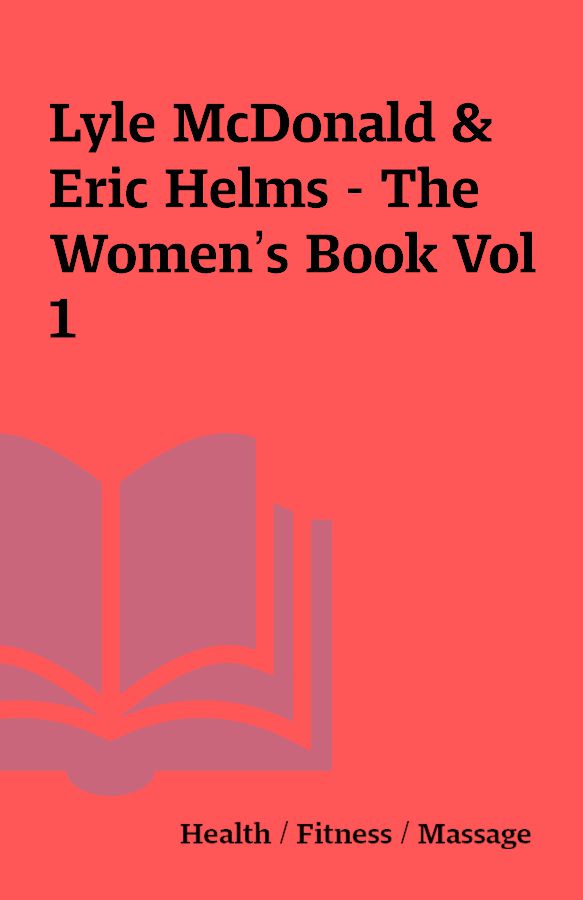
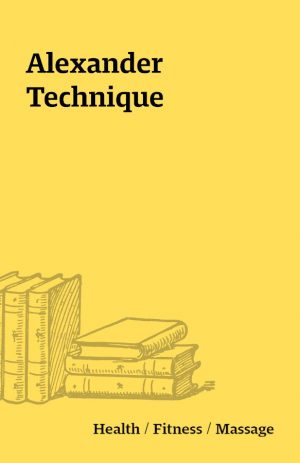
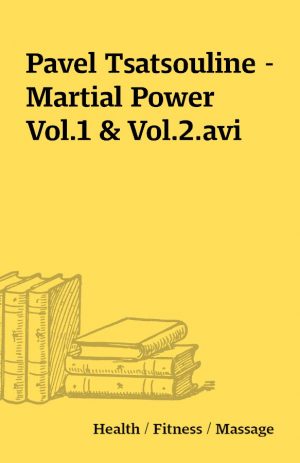
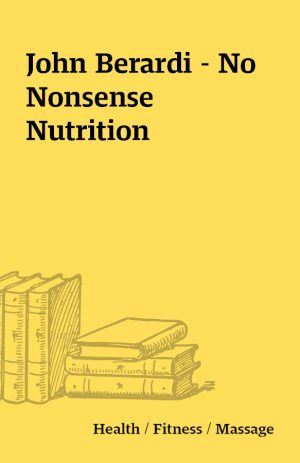
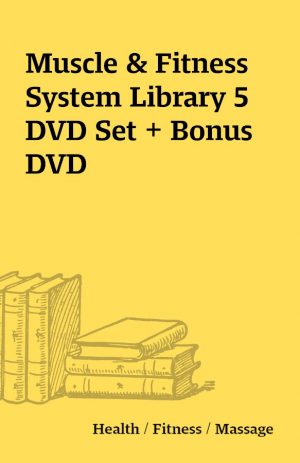
Reviews
There are no reviews yet.